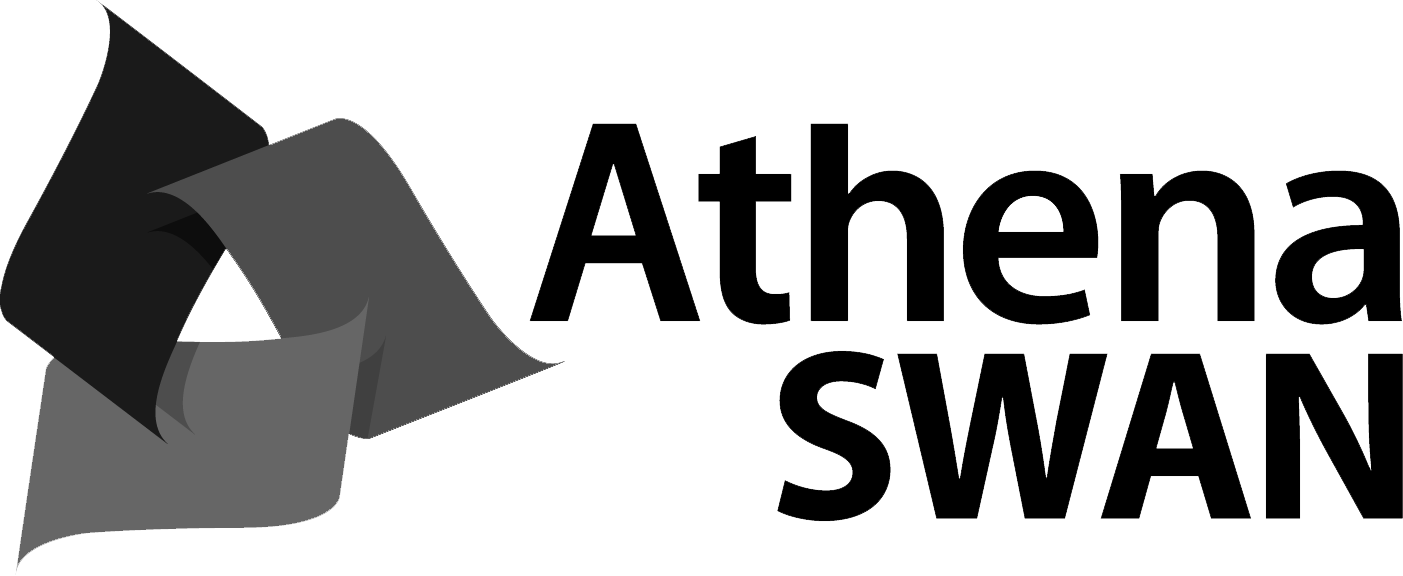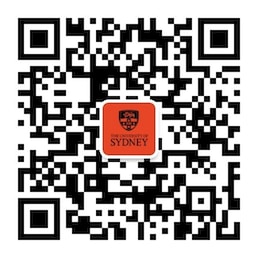Diseases are ultimately the result of an imbalance of cellular function. Causes for such dysfunction are diverse and include mutations of our DNA, altered gene expression and external stimuli such as infection. This unit will investigate how defects in key cell functions including gene expression, signalling, biomolecular interactions and metabolic processes lead to diseases. The molecular causes and biochemical processes that underlie cancer, aging and neurodegeneration will be used to illustrate the relationships between these processes and how our understanding of these commonalities is allowing us to solve complex health problems. Associations to other diseases will be integrated into the course to give a broader understanding of how key biochemical processes are linked to a wide range of disorders. In the practicals you will use experimental approaches to study cell proliferation and death, protein misfolding, the hallmarks of cancer and some neurodegenerative diseases. By the end of this unit you will have gained foundational skills and knowledge that will support further studies and careers in the life and medical sciences. The lecture component of this advanced unit will be the same as for the mainstream unit BCMB3003. In the practicals you will investigate similar concepts, however, the experiments are designed to cover a wider range of techniques, and you will analyse the results in more depth. You will present scientific findings in a poster session to academics from the School of Life and Environmental Sciences (SOLES). In addition, to relate the course content to current research and application, you will attend a series of four research seminars relating to the lecture content that will be given by experts in their field.
Unit details and rules
| Academic unit | Life and Environmental Sciences Academic Operations |
|---|---|
| Credit points | 6 |
| Prerequisites
?
|
An average mark of 75 or above in [12 credit points from (BCHM2X71 or BCHM2X72 or BCMB2X01 or BCMB2X02 or MEDS2003 or MBLG2X01) or [6 credit points from (BCHM2X71 or BCHM2X72 or BCMB2X01 or BCMB2X02 or MEDS2003 or MBLG2X01) and 6 credit points from (AMED3001 or BCHM3XXX or BCMB3XXX or BIOL2X29 or BMED2401 and BMED2405 or GEGE2X01 or MEDS2002 or PCOL2X21 or QBIO2001)] or 12 credit points from (BMED2401 and BMED2405)] |
| Corequisites
?
|
None |
|
Prohibitions
?
|
BCMB3003 or (BCHM3X72 and BCHM3X82) |
| Assumed knowledge
?
|
Protein chemistry and biochemistry concepts at 2000-level units |
| Available to study abroad and exchange students | Yes |
Teaching staff
| Coordinator | Markus Hofer, markus.hofer@sydney.edu.au |
|---|---|
| Lecturer(s) | Ann Kwan, ann.kwan@sydney.edu.au |
| Markus Hofer, markus.hofer@sydney.edu.au | |
| Tutor(s) | Giselle Yeo, giselle.yeo@sydney.edu.au |





